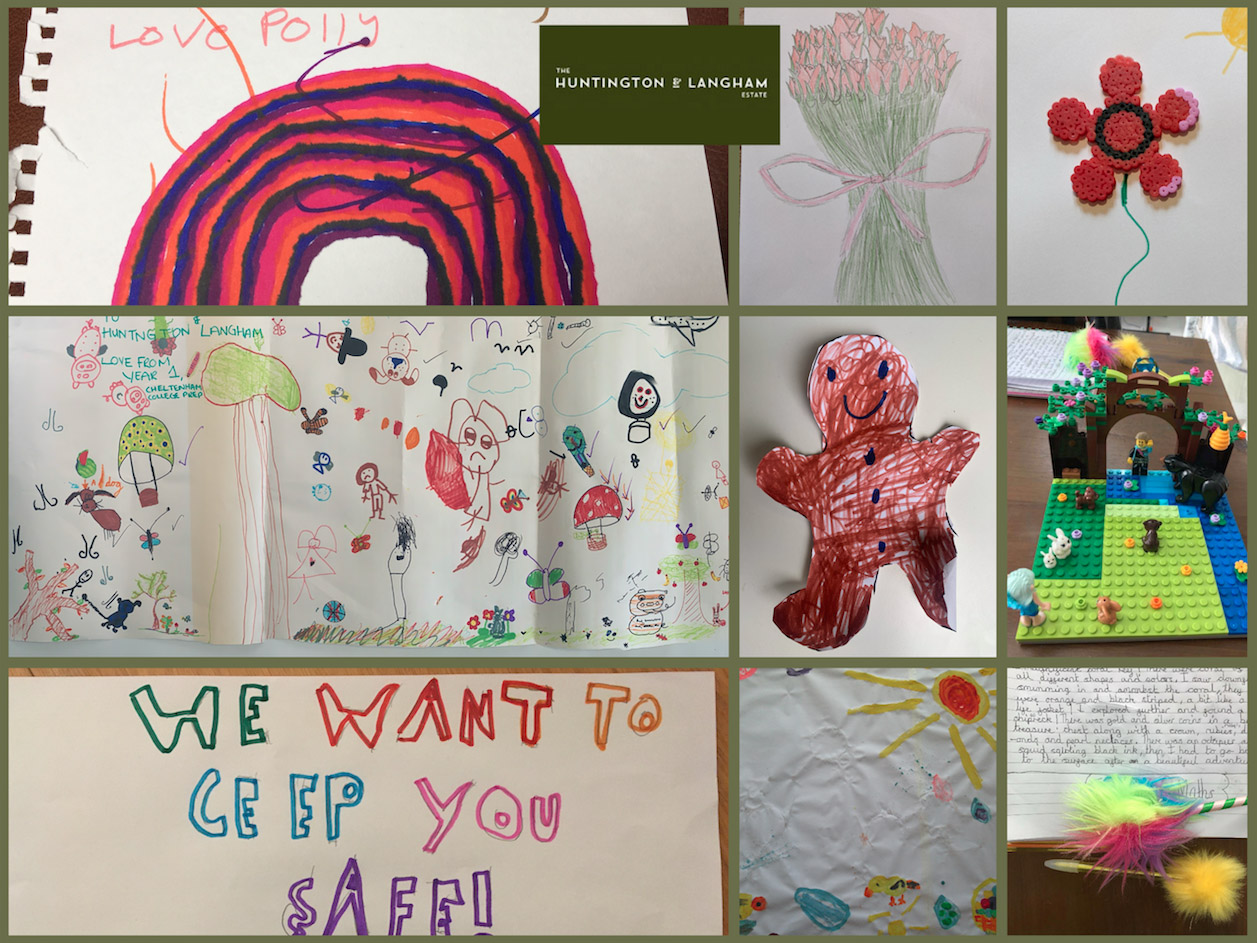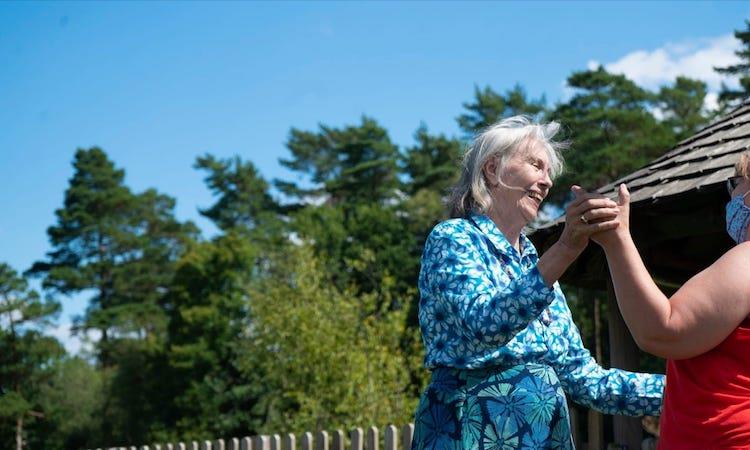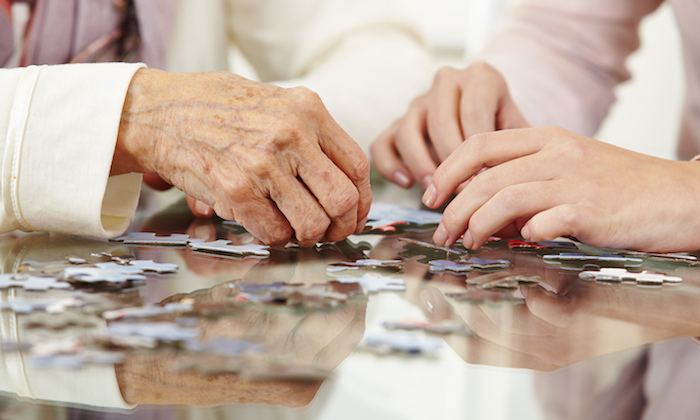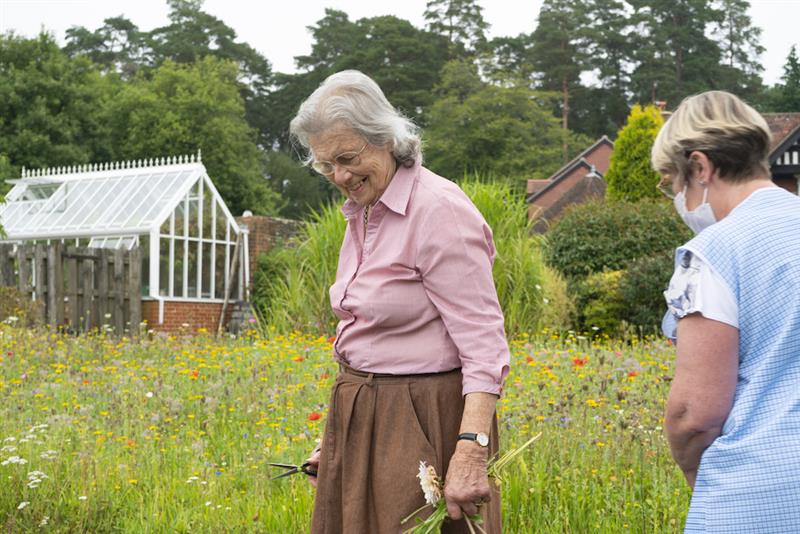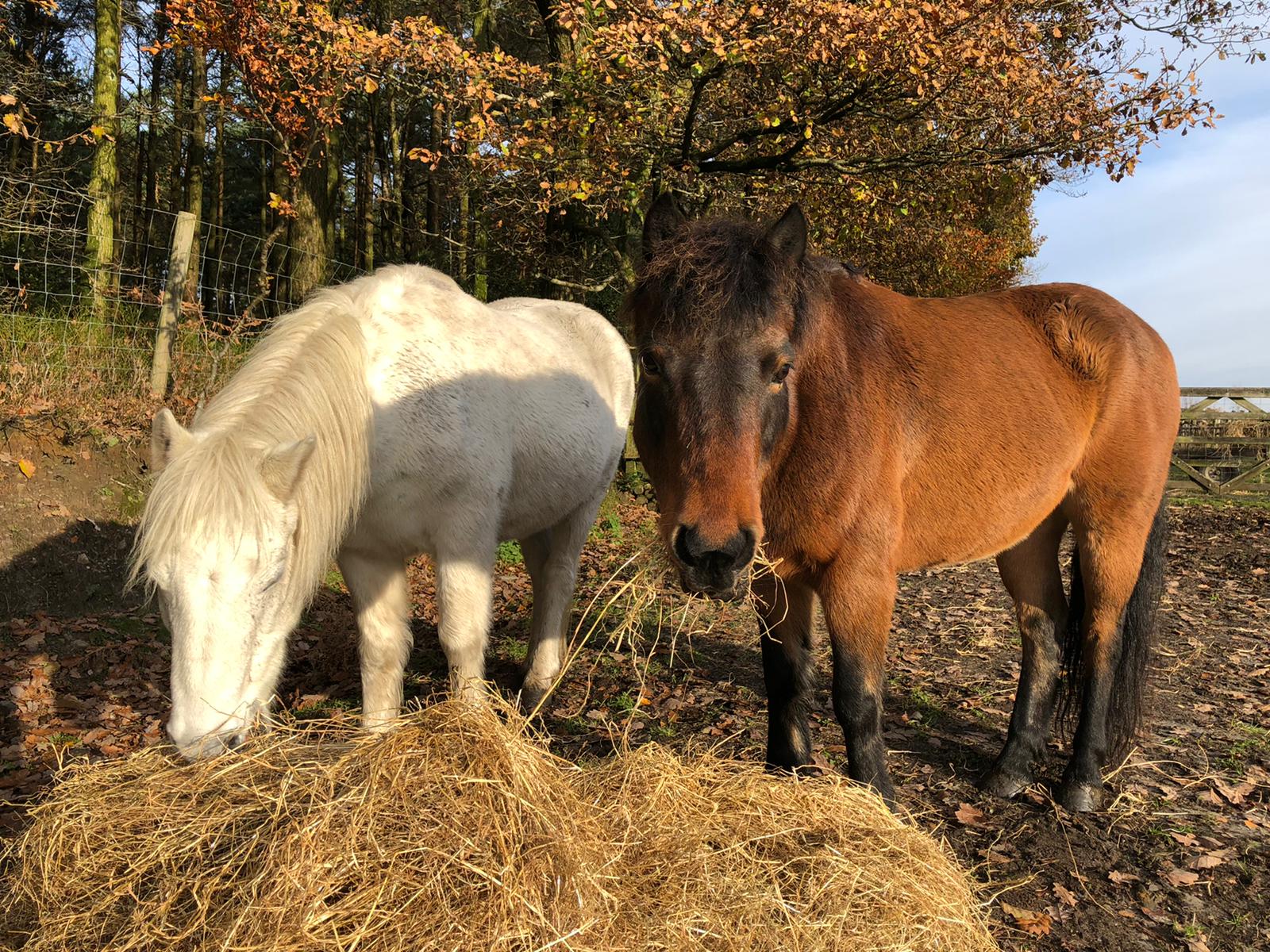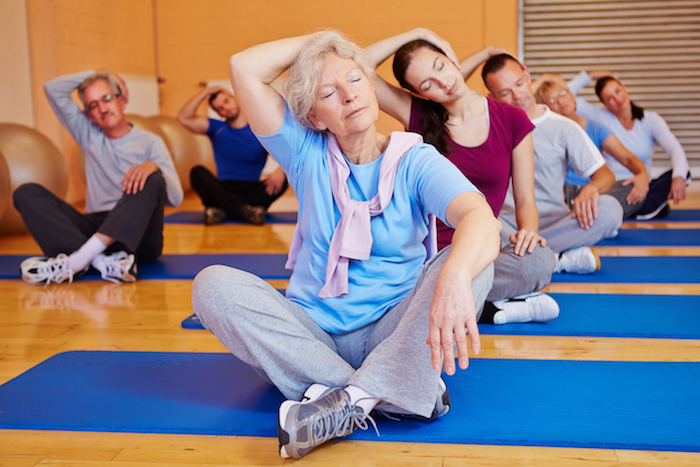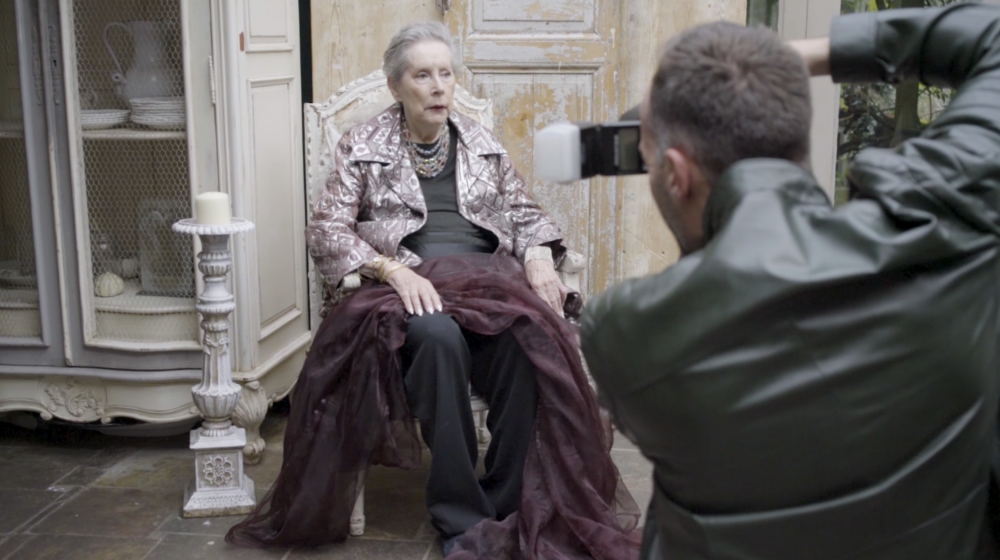As we age, our bodies start to stiffen up and we lose the natural suppleness of our youth. But as tempting as it might be to enjoy a more sedentary lifestyle, it’s important to avoid getting into a routine that doesn’t include some form of exercise.
The benefits of staying active
We need to do what we can to stay active for longer, and the more we age, the more important this becomes. Here are some chair-based exercises you can try at home.
Of course, when we talk about exercises, we don’t necessarily mean heading out for a run or going to the gym (unless you think that’s within your capabilities!). There are more simple forms of exercise, such as practising gentle yoga, that we can engage with that don’t even require moving from your chair.
It’s important to note though, that when doing any chair-based exercises that you do them from a solid, stable chair that doesn’t have wheels. It also needs to be of a type where you can sit with your feet flat on the floor, with your knees bent at right angles.
Ideally, you’d also use a chair that doesn’t have arms – as this can restrict your range of motion and movement.
Stretching
Amongst the easiest of activities, but also amongst the most effective, stretching can go a long way in helping to ease the aches and pains of ageing. It can also help with other aspects of wellbeing, including ensuring you maintain good posture.
One of the best stretches to help with posture is the chest stretch.
Chest stretch
To do this sit upright, pull your shoulders back and down and extend your arms out to the side.
Then, gently push your chest forward until you feel a stretch across your chest. Hold this pose for 5 to 10 seconds and repeat it 5 times.
Neck Stretch
When we sit down all day, we often get tight neck muscles. Stretching these muscles helps to loosen them.
Whilst sitting in an upright position, look straight ahead of you before reaching across your chest and holding your opposite shoulder with one hand. Then, whilst holding your shoulder down, slowly tilt your head in the direction of the arm that’s doing the holding.
Repeat this movement on the other side, making sure to hold each stretch for 5 seconds. Do this 3 times for each side of your body.
Neck Rotation
This helps to improve the mobility and flexibility of your neck.
Sit up straight, with shoulders down. Stare straight ahead of you, then slowly turn your head towards one shoulder, going as far as you feel is comfortable. Hold this position for 5 seconds, before returning to your starting position. Then repeat this on the opposite side, doing 3 rotations for each.
Upper-body twist
Another simple one that helps to improve flexibility across your upper back.
When sitting upright, with your feet on the floor, cross your arms and reach for your shoulders to form an X shape across your upper body.
Keeping your hips still, turn your upper body to one side, as far as it’s comfortable. Hold this pose for 5 seconds, before repeating on the opposite side. Do this exercise 5 times on each side.
Arm raises
These offer a good method of building strength in your arms (while also offering an example as to why armless chairs are best for these!).
Whilst sitting upright, have your arms hanging down by your sides. Then, with your palms facing forward, slowly raise your arms out to the side and upwards as if you’re doing a big double armed waving motion. Do this for as far as is comfortable, before returning your arms to their starting position.
For maximum effect, it’s important to keep your shoulders down and your arms straight throughout this exercise. It’s also key to monitor your breathing. Make sure to breathe out as you raise your arms, then take a breath in as you lower them to your side. Repeat this movement 5 times.
Creating a new exercise routing
Those are just a few examples of some of the most straightforward chair based exercises. Perhaps start with these initially, before adding additional movements, exercises and stretches to your routine as you build on it.
If you’ve neglected daily exercise in recent times, you should start to notice the difference physically, which will eventually help you to feel better in both body and mind; an essential element of maintaining your overall wellbeing.
What chair-based fitness activities for seniors have you discovered? Drop us a line and share them with us here.

